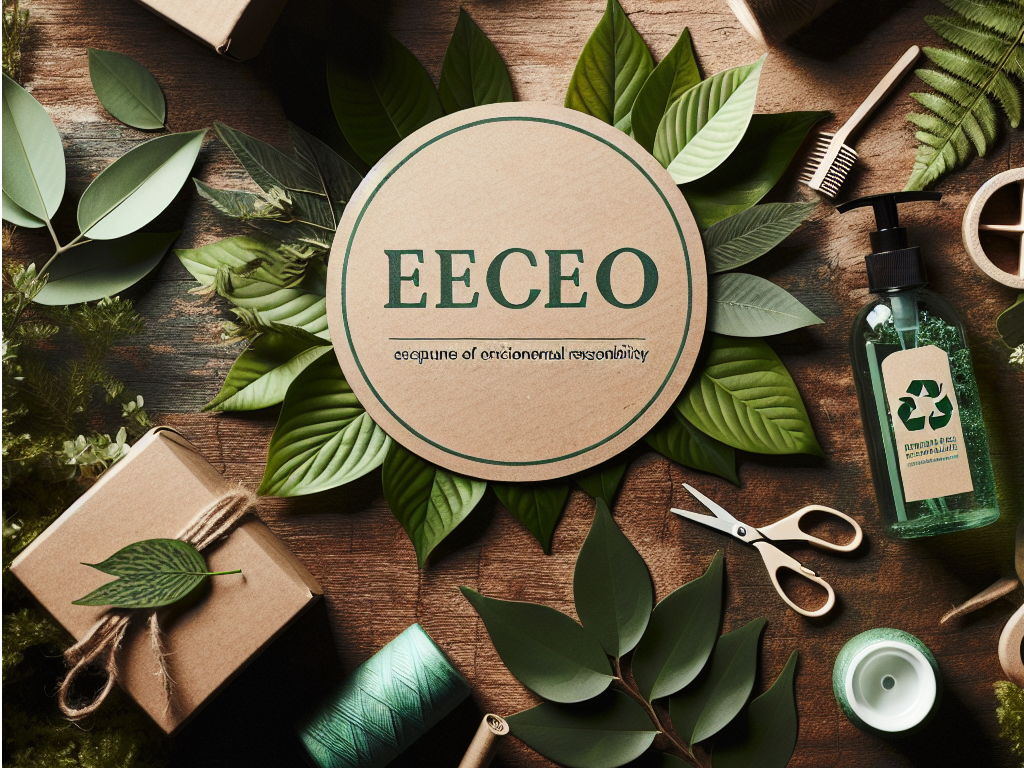
In today's fiercely competitive market, establishing a distinctive brand voice is not just an option—it's a necessity. Branding, brand voice, and brand voice marketing have emerged as pivotal elements in carving out a unique identity in a cluttered marketplace. This blog post delves into the anatomy of a strong brand voice, highlighting its key components and showcasing examples that have set benchmarks in the industry.

1. Understanding Brand Voice
Before we dissect the anatomy of a strong brand voice, it's crucial to grasp what 'brand voice' encompasses.
Brand voice reflects your company's personality and values in every piece of communication you put out, from your website content and social media posts to customer service interactions.
It's how you communicate with your audience and differentiate yourself from competitors.
2. The Key Components of a Strong Brand Voice
A strong brand voice is not built overnight. It is meticulously crafted and honed over time, encompassing several key components:

Consistency
Consistency is the backbone of a strong brand voice. Your messaging should be coherent across all platforms and mediums, reinforcing the same values and personality.
This consistency helps build trust and recognition among your audience.

Authenticity
In a world teeming with generic marketing messages, authenticity shines through.
A brand voice that resonates with genuine values and beliefs connects more deeply with audiences, fostering loyalty and engagement.

Clarity and Emotional Connection
Simplicity and clarity in communication ensure that your message is not lost in translation.
A clear brand voice cuts through the noise, making it easier for your audience to understand and relate to your message.

Personality
Injecting personality into your brand voice makes your brand relatable and memorable.
Whether it’s witty, professional, or empathetic, the personality of your brand voice should reflect what your brand stands for and appeal to your target audience.

Adaptability
While consistency is key, adaptability ensures your brand voice remains relevant.
It should evolve with your audience’s preferences, market trends, and the changing landscape of your industry.
3. Examples of Strong Brand Voices

Several brands have mastered the art of brand voice, setting industry standards:

Apple
Apple’s brand voice is innovative, sleek, and user-friendly, mirroring its product design philosophy.
Its communication is straightforward and focused on benefits, making technology accessible to everyone.

Nike
Nike's brand voice is inspirational, motivational, and empowering. It transcends product marketing, encouraging people to push beyond their limits.
"Just Do It" is more than a slogan; it's an ethos that permeates all their communications.

Dove
Dove uses a compassionate, honest, and supportive brand voice. Its Real Beauty campaign challenged beauty stereotypes, fostering a community around self-esteem and body positivity.

Photo Prompt for Brand Example 1:
- For a brand known for its playful and vibrant brand voice, photograph bright, colorful props against a light background. Include items that are symbolic of fun and creativity, such as paint splashes or toys, subtly incorporating the brand's logo.

Photo Prompt for Brand Example 2:
- If the brand is recognized for its luxury and sophistication, create a photo setup with elegant, high-end items (like a sleek, black watch or a fountain pen) on a polished surface. Position the brand's logo prominently yet tastefully within the scene.

Photo Prompt for Brand Example 3:
- For a brand with a rugged, adventurous voice, arrange outdoor gear (like a compass, map, and hiking boots) against a backdrop that suggests an outdoor setting, such as wood or stone. The brand's logo should be integrated naturally, perhaps on one of the items.

Photo Prompt for Brand Example 4:
- In the case of a brand that embodies trust and reliability, consider photographing a solid, dependable object (like a safe, a shield, or a sturdy lock) with the brand's logo displayed on or near the object, conveying security.

Photo Prompt for Brand Example 5:
- For a brand that prides itself on innovation and technology, set up a modern, futuristic scene with tech gadgets and blueprints. Illuminate the scene with cool, blue lighting to emphasize innovation, placing the brand's logo in a way that suggests forward-thinking.

Photo Prompt for Brand Example 6:
- If the brand is centered around eco-friendliness and sustainability, create a photo with natural elements (plants, recycled materials) and earthy tones. The brand's logo should be positioned as part of this eco-conscious setup, perhaps on a recyclable tag or biodegradable container.
Remember, the key to these photo prompts is to visually convey the essence of each brand's voice through carefully chosen props, colors, and compositions that align with their identities.
4. Crafting Your Brand Voice
Developing a strong brand voice begins with understanding your brand’s core values, mission, and audience. Here's a simplified process:
1. Define Your Brand’s Personality: Start by listing adjectives that describe your brand’s personality. Are you innovative, traditional, playful, or serious?
2. Understand Your Audience: Who are you talking to? Understanding your audience’s preferences and pain points allows you to tailor your brand voice to resonate with them.
3. Analyze Your Current Voice: Evaluate your existing communications. Are they consistent with the brand voice you aim to establish? Identify gaps and areas for improvement.
4. Create a Brand Voice Chart: Document your brand voice’s attributes, dos and don'ts, and examples. This chart serves as a reference for anyone creating content for your brand.
5. Train Your Team: Ensure everyone involved in communication, from marketing to customer service, understands and can apply your brand voice.
6. Evaluate and Evolve: Regularly review your brand voice’s effectiveness. Is it resonating with your audience? Be prepared to refine it as your brand and audience evolve.
Conclusion
A strong brand voice is integral to building a memorable brand. It requires a strategic blend of consistency, authenticity, clarity, personality, and adaptability. By examining successful examples and following a structured approach to developing your brand voice, you can enhance your brand’s presence and connect more meaningfully with your audience. Remember, your brand voice is a powerful tool in your branding arsenal—wield it wisely to captivate and engage your target market.
 Add Row
Add Row  Add
Add 


Write A Comment